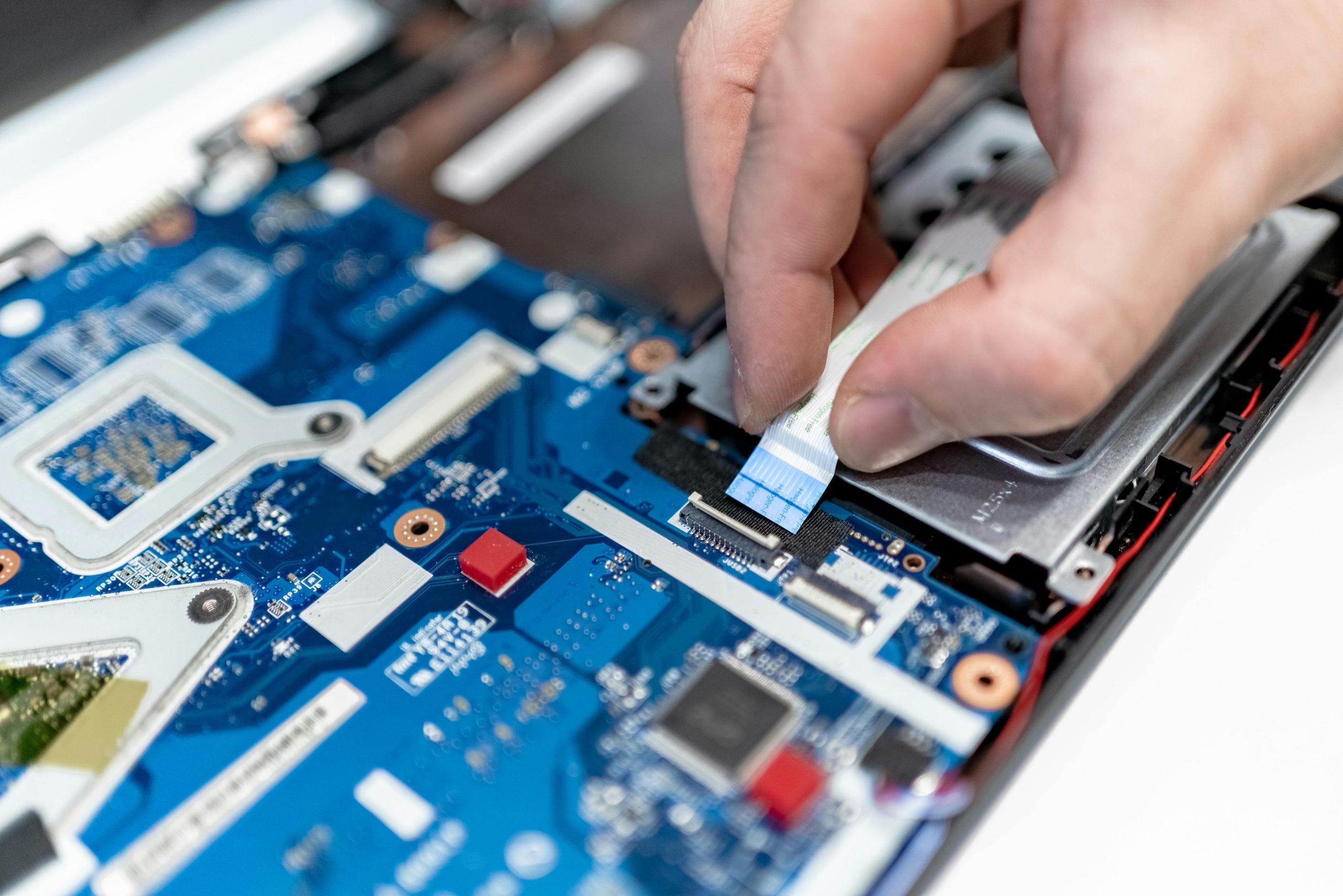Troubleshooting a Laptop Repair: Seeking Solutions for Common Issues
Recently, I embarked on the task of repairing my mother’s laptop, hoping to enhance its performance and extend its lifespan. Unfortunately, I encountered a setback that left me feeling a bit overwhelmed. I would appreciate any insights or suggestions on how to resolve the problem.
Context of the Repair
The laptop had been experiencing some sluggishness and an unusual number of software glitches, which led me to believe that a system refresh or hardware upgrade might be necessary. With a bit of confidence and a tutorial in hand, I set out to tackle the issue.
The Unexpected Hurdle
Despite my best efforts, I ended up facing a complication that I didn’t anticipate. Whether it was a mistake in the reinstallation process, a misplaced connection, or a software compatibility issue, I’m now left with a laptop that is not functioning as it should.
Seeking Help from the Community
This is where I turn to you, the community, for guidance. If anyone has experienced similar challenges or has expertise in laptop repairs, I would greatly appreciate your recommendations. Have you encountered a situation where a repair didn’t go as planned? What troubleshooting steps did you take to restore functionality?
Final Thoughts
Repairing devices can be a rewarding venture, but it can also present unexpected challenges. I believe that with the right advice and a bit of patience, we can work through this setback together. Thank you in advance for any suggestions you may have!
Share this content:




Hi,
I’m sorry to hear about the trouble you’re experiencing with your mom’s laptop. Based on the issues described, here are some general troubleshooting steps that might help you resolve the problem:
If the problem persists after these steps, providing more specific details like error messages or symptoms can help further diagnose the issue. Remember, always back up important data before